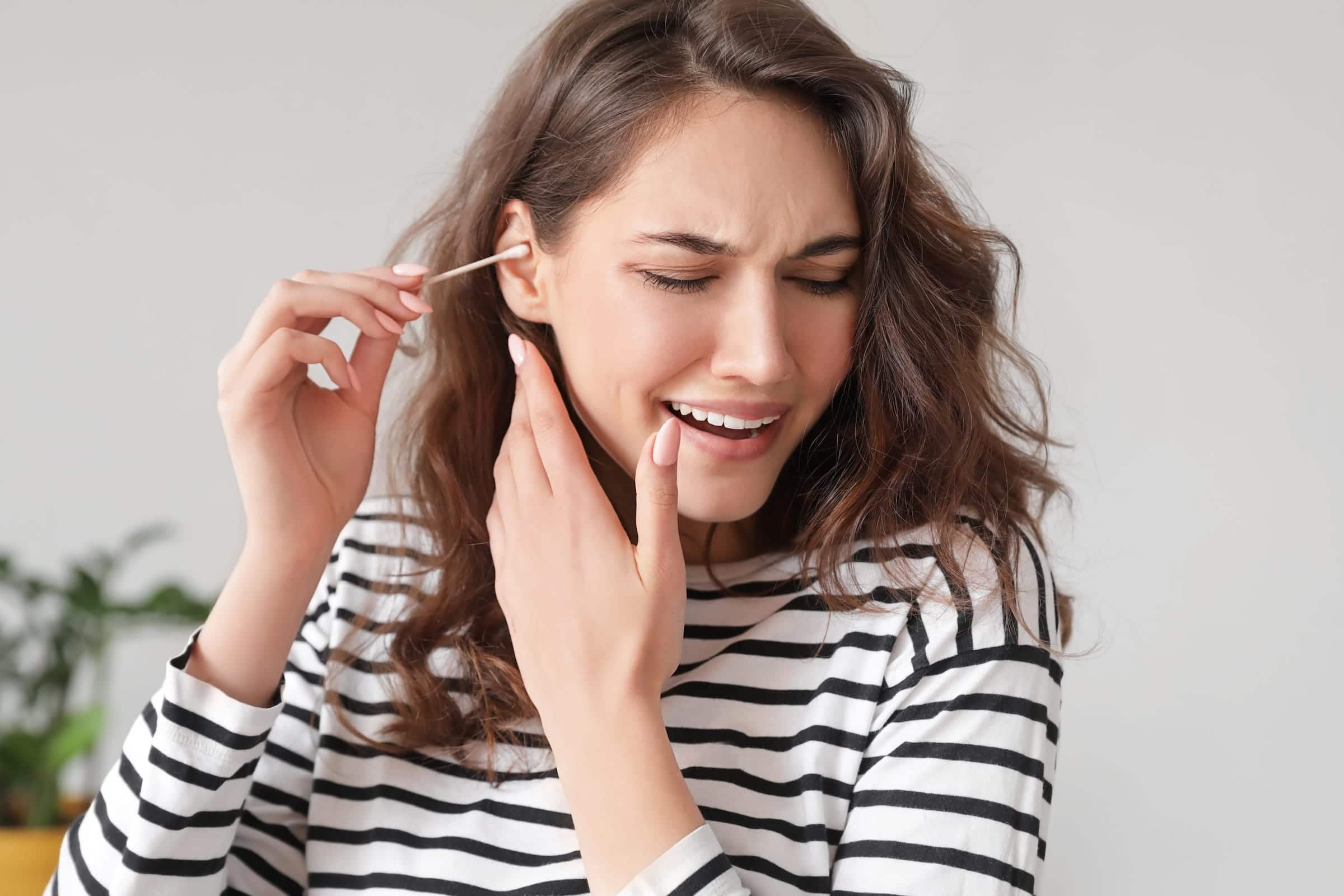Research from Bupa Health Clinics has found that online searches for ‘how to remove earwax blockage fast’ has risen by 50% and ‘ear cleaning at home’ have also risen by 50% in the last three months.
Worryingly, it seems people are using extreme methods to remove earwax, risking lasting damage to their ears or hearing.
The research showed that ‘hydrogen peroxide earwax’ (22%), ‘q grips for ears’ (319%), ‘how to remove earwax at home with a candle’ (33%), and ‘syringe ears at home’ (23%) were all top search terms which had increased over the same period.
Dr. Elizabeth Rogers, Associate Clinical Director at Bupa Health Clinics said; “The ear is a particularly delicate part of the body and can be easily damaged.
The eardrum is the most likely source of damage and sticking q tips, grips, or other tools in your ear to remove earwax can lead to a ruptured eardrum causing severe pain, leaking fluid and even hearing loss.
“Using tools to remove earwax are more likely to push any wax further into the ear canal causing further blockage and discomfort. It also disturbs the natural bacteria in the ear, increasing the risk of infection.”
But there are some things that can help Dr. Elizabeth Rogers at Bupa Health Clinics, highlights their advice for safe ear care:
Be sure that it is an earwax blockage
Our ears are self-cleaning, so you shouldn’t need to remove earwax at all. For some people though, earwax can cause problems in one or both ears, such as muffled hearing, tinnitus, earache, itching or discomfort.
It’s important to be sure that any symptoms you have are caused by earwax and not an infection or other problem, as earwax removal might not be the right course of treatment.
People who commonly need ear wax removed are those who use in-ear headphones, hearing aids, ear plugs, or cotton buds to clean them.
Soften the wax
Earwax softeners can be bought over the counter and are usually water or oil-based solutions which soften the wax, leading to it falling out naturally.
If you’re having your earwax removed professionally, many healthcare professionals recommend you soften the wax for a few days before your appointment using ear drops.
Visit a doctor to remove it for you
Softeners or ear canal hygiene sprays are often not effective enough for people with excessive or impacted earwax and seeing a trained professional is the safest way to have it removed.
If you’re suffering from hearing loss due to earwax build-up or pain caused by DIY earwax removal methods, then it’s highly recommended that you visit your GP for advice and potential earwax removal.
Many high-street providers provide earwax removal services and Bupa Health Clinics has just launched its own service.
Our Health Advisers are trained and accredited in ear cleaning, using a method called microsuction, which uses a specialist suction device and camera that looks inside the ear and gently removes earwax blockages.
Dr. Rogers concludes; “There may be different reasons why your ears feel blocked and DIY ear wax removal is more likely to do more harm than good.
The phrase “you should never put anything smaller than your elbow in your ear” is something that we need to remember! It’s always best to seek professional advice to protect your ears and hearing.”
